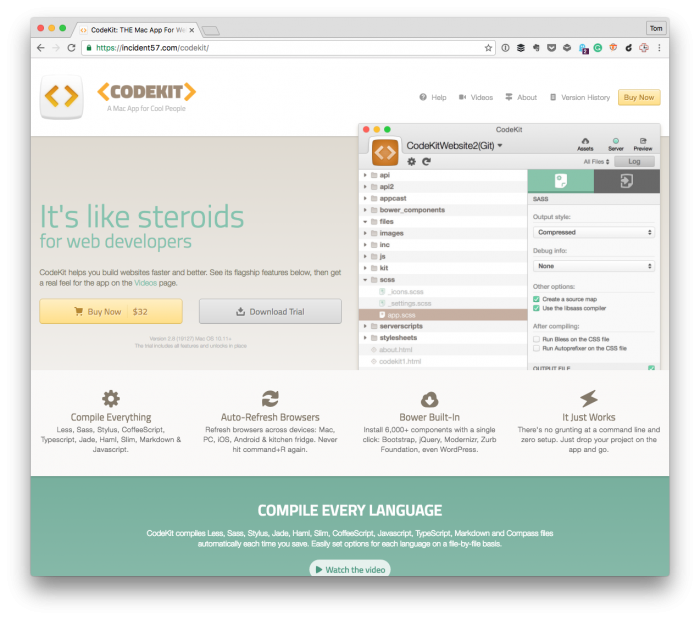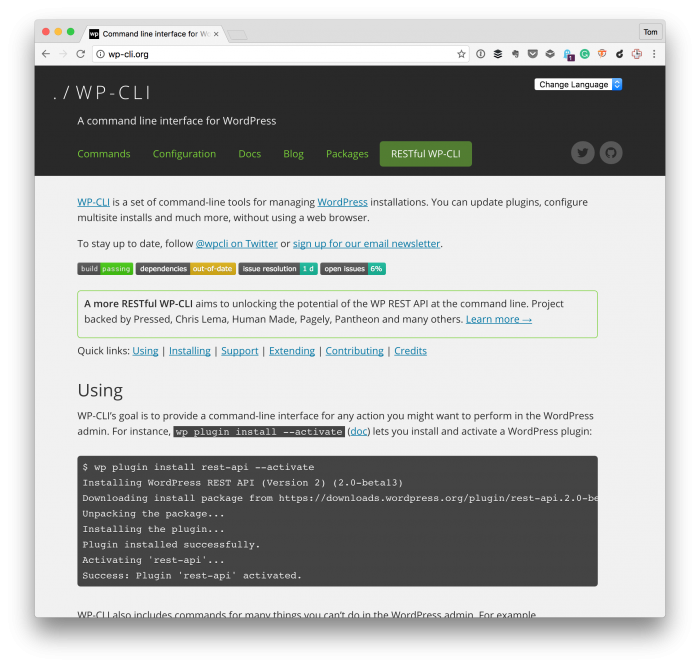For those who work with WordPress on a daily basis, the ideas of WordPress themes, WordPress plugins, and other WordPress-related topics become second nature.
As is the case with anything any of us do on a regular basis.
Anyway, when there are others who are interested in getting started with WordPress either as content managers, bloggers, or developers, there’s a lot to learn. And sometimes, when we talk about WordPress plugins in blog posts, WordCamp presentations, and podcasts, we assume that the audience already has some understanding of the words we’re using.
But that’s not always the case. Some time ago, I started a series for Envato on Understanding WordPress Themes and Plugins.
Recently, the second portion of the series ran in which I talk about WordPress plugins specifically targeting those who are looking to have a greater understanding of what they are, how they work, and how they fit into the overall WordPress economy.





